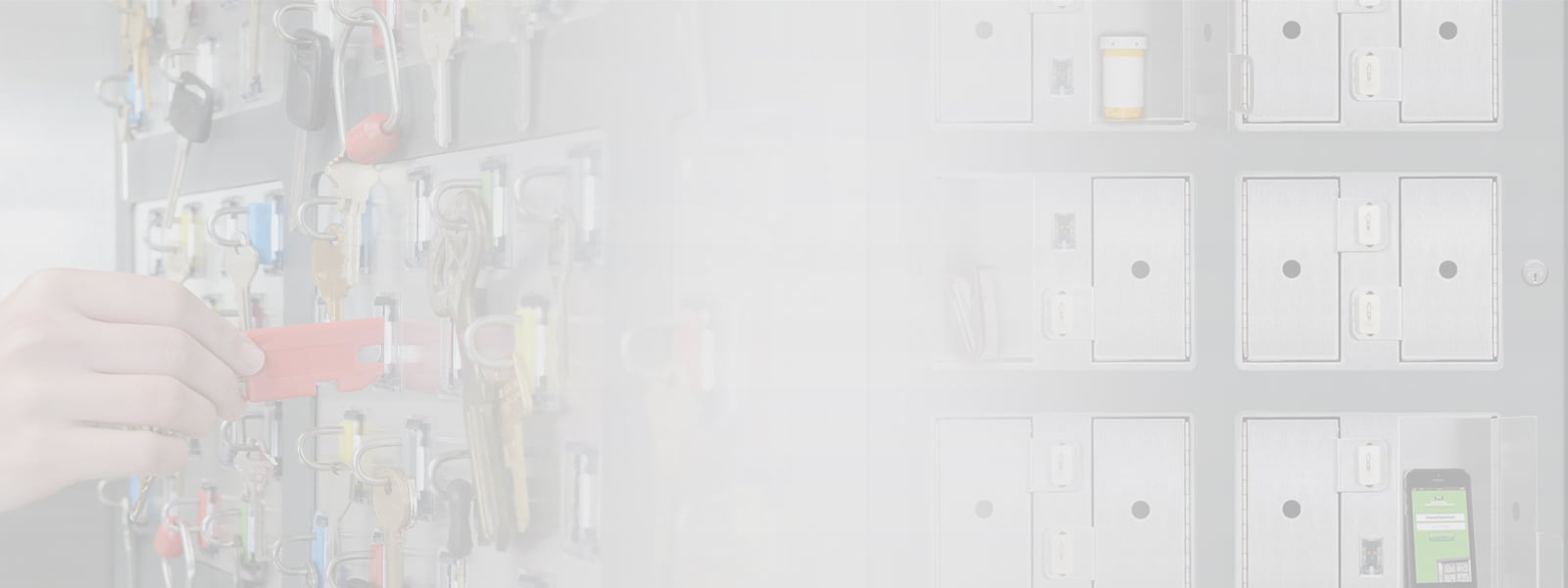- About
- Products
- Markets
- Resources
- Configurator
- Intelligence
- Contact

In large, multi-building campuses such as medical centers, military bases or universities, it is not unusual for there to be thousands of doors, each with a lock that has a corresponding key. It is also not unusual for the facilities department to have responsibility for maintenance and servicing of the locks as well as having some responsibility for the keys — but not necessarily for the safekeeping or tracking of the keys. And therein lays a significant security issue which can readily be addressed with a high-volume automated key control and management system.
Owners of automotive dealerships are making difficult choices to survive the economic downturn. In addition to being more creative in their sales approach, dealership administrators are strengthening customer service and inventory security.
Across the country, budgets for federal, state and local parks are taking a hit on operational expenses in an effort to reduce financial deficits. And while this usually means limited capital expenditures or no additional employees, it can also mean stepped-up measures throughout the parks to help protect premises and assets.
Rules and regulations governing the use of door locks in K-12 schools are designed to help ensure the safety and security of the students, staff and faculty. They are enforced for both security reasons (keeping unwanted visitors out, securing valuable assets, etc.) and for safety reasons (quick, unencumbered egress) and can significantly affect the welfare of the school environment. Controlling and managing the door/building keys, while not governed by fire or safety codes, play an equally important role in maintaining the safety and security of the students, staff and facility.
In physical security, the term “access control” can have many interpretations or examples depending on the application. Access control can refer to a security officer standing guard in a lobby or a card swipe system that allows authorized personnel to enter an area. Other forms of access control include a man-trap door or a turnstile. What they all share, whether mechanical, manual or electronic in design, is the ability to limit entry to a particular area.
Morse Watchmans Incorporated – USA
2 Morse Road
Oxford, Connecticut 06478
Phone: 203-264-4949
Toll Free: 800-423-8256
Fax: 203-264-8367
Email: morse@morsewatchman.com
Morse Watchmans UK Ltd. – UK
Unit B Swift Park, Old Leicester Road
Swift Valley Industrial Estate
Rugby, Warwickshire CV21 1DZ
Phone: +44 (0) 115 967 1567
Email: morseuk@morsewatchman.com
© Copyright 2025 Morse Watchmans - Key Management Systems and Key Control Software. All Rights Reserved.
Privacy Policy, Terms of Sale, Terms of Purchase